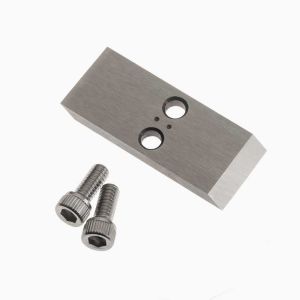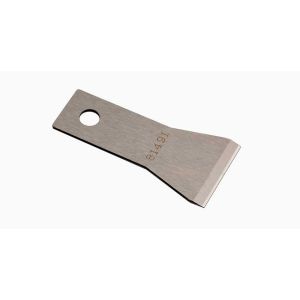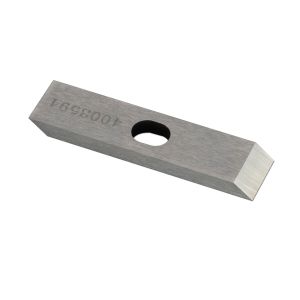How to Cut Costs Through Underwater Pelletizer Die Maintenance

Most underwater pelletizers look to their blades when pellets change consistency or production decreases. As the most common wear-out part, underwater pelletizing blades should be inspected at routine intervals. However, many operators miss-out on cost reduction opportunities by skipping die inspections and maintenance.
Both carbide-faced and solid D2 or M2 pelletizer dies can be sent out for maintenance to dramatically reduce maintenance costs. Carbide-faced dies provide longer useful life than standard tool steel dies and are generally utilized in polypropylene and polyethylene pelletizing applications in clean environments. If minimized upfront costs are the primary concern, dies manufactured of solid tool steels provide a less expensive alternative to carbide-faced dies.
"The best approach is to dig out and eliminate problems where they are assumed not to exist.“ - Shigeo Shingo
How to Implement a Die Maintenance Program for Your Underwater Pelletizing Operation
A common reason that underwater pelletizers forgo die maintenance is cost. However, what most fail to realize is that refinishing or resurfacing a pelletizer die results in a cost-savings up to 90 percent when compared to die replacement.
To implement a die maintenance program in your underwater pelletizing operation, begin by defining your inspection process. Dies should be inspected during scheduled machine downtime (at a minimum) and at least as often as knives are replaced.
During die inspections, look for evidence of grooves in the die, decreased efficiency and pellet consistency, and increased blade wear. A groove worn into the die indicates that the blade is continually running over the same part of the die with to much pressure. To correct, stop the pelletizer and adjust the spring pressure. If the groove is significant, die or blade maintenance (replacing, resurfacing, or refinishing) may be required.
Maintaining an adequate supply of die replacements is also essential to a robust die maintenance program. At a minimum, maintain three dies for each installation. This allows you to ensure that there is always a die available by allowing one die for production, one as a backup, and one in maintenance.
"Anticipate the difficult by managing the easy." - Lao Tsu
Types of Underwater Pelletizer Die Maintenance
Both carbide-faced and solid dies can be refinished to increase useful life. During the refinishing process, the die is installed on a vertical grinder and material is slowly removed until the surface is made smooth. Precision refinishing ensures minimal material removal to maximize the life of your die.
Even carbide-faced dies with a minimal amount of material can be saved through proper maintenance actions. When a carbide-faced die is resurfaced, the carbide material on the exterior of the die is replaced. This returns the die to like-new condition for a fraction of the cost associated with die replacement.
Implementing a robust die inspection and maintenance procedure in your underwater pelletizing operation ensures that you achieve maximum production while minimizing costs. Partner with an expert in underwater pelletizing rotors and blades to ensure that your dies receive precision maintenance.




